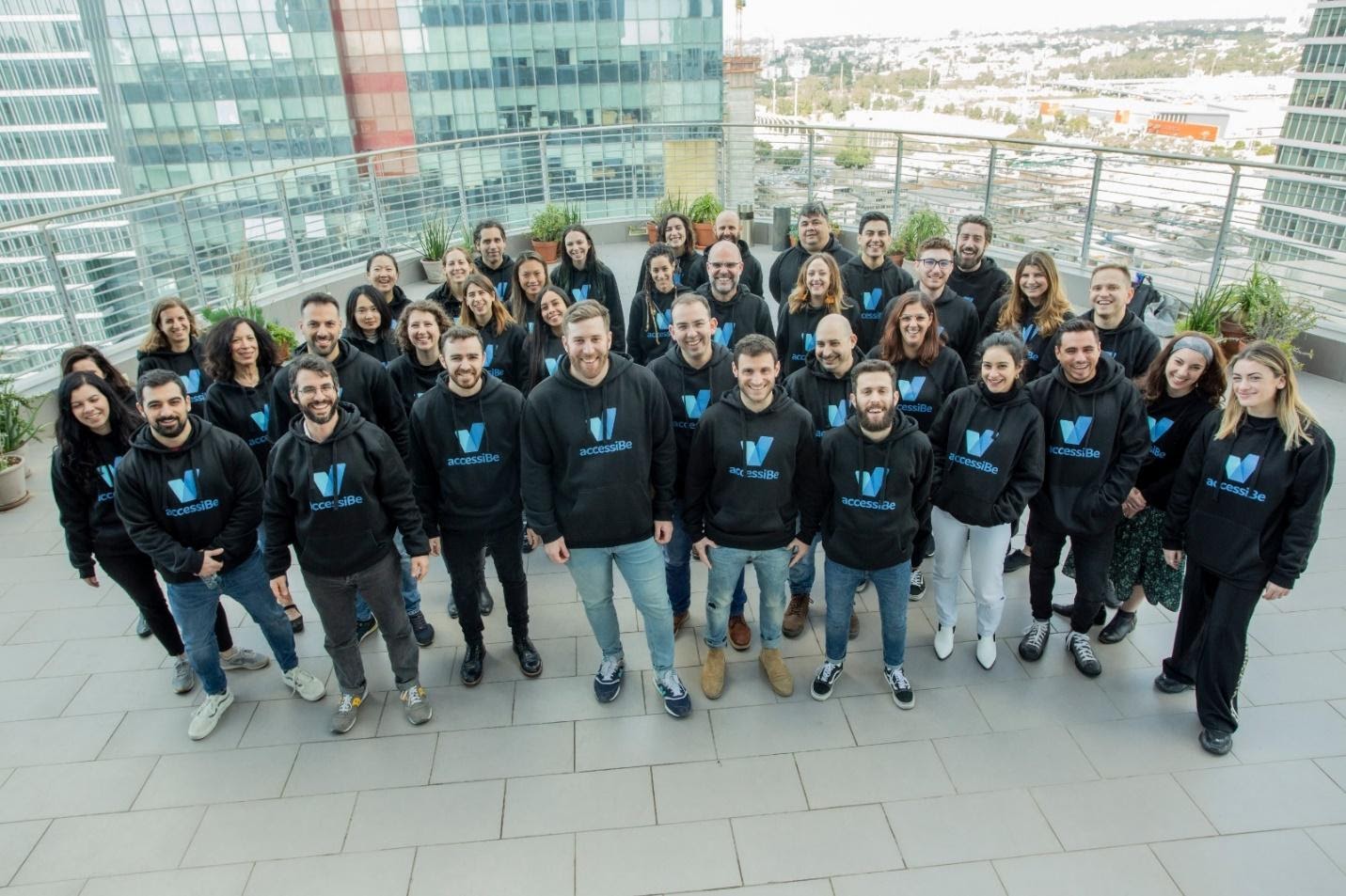
Majority of people with disabilities struggle to use the World Wide Web due to poor accessibility of many websites. A study for 10 million web pages by web accessibility platform accessiBe reveals that most websites simply aren't designed or developed to accommodate the needs of people with disabilities.
Dissatisfied by the slow changes, certain parties are now fighting back. Previously, regulations, such as the Americans with Disabilities Act (ADA) that aims to give equal access to basic services, were understood to only apply to physical establishments. However, recent court rulings have made it clear that the ADA also applies to websites that offer products and services online, thus prompting site owners to make their websites more accessible. In 2018, there were as many as 2,258 web accessibility lawsuits filed in federal court. Experts expect that the number of ADA lawsuits will only continue to increase.
To make websites ADA-compliant, site owners must adhere to the Web Content Accessibility Guidelines (WCAG), a set of technical standards that must be applied to websites to ensure compatibility with assistive technologies. However, adhering to the WCAG can be a challenge. Compliance typically requires technical expertise and financial resources that not all site owners have.
Fortunately, web accessibility solutions such as accessiBe now leverages artificial intelligence (AI) to automate performing modifications and testing to quickly make websites accessible.
Compliance isn't easy
For websites to become accessible, site owners must do a comprehensive website review that covers all WCAG provisions. This can be a tedious process when done manually. Site owners must then also modify their codebases to fix accessibility issues and comply with accessibility standards.
To meet the standards of the WCAG and achieve ADA compliance, websites must be:
Perceivable. Websites must offer interfaces and information that are easy to perceive. They must provide text alternatives for all non-text content so that they can be changed into other forms based on the needs of the person with disability. Media content must also always come with transcripts and captions.
Operable. All components of the websites must be easy to use. Websites must also provide support for alternative keyboards. They must be navigable without using a mouse. Websites must also ensure that their content won't trigger seizures.
Understandable. Websites must use simple language and offer assistance to find definitions for unfamiliar words and abbreviations. Their content must be easy to read and understand. Websites can also offer simplified versions of technical articles.
Robust. Websites must be robust enough to be compatible with assistive technologies. They must contain web pages that have parsed data.
Site owners must also perform comprehensive tests to ensure that their sites pass the WCAG success criteria. This requires advanced technical knowledge and significant financial resources, which can be prohibitive for smaller site owners. Even larger websites, which can have thousands of pages of content may struggle going through each page and applying the necessary modifications for compliance.
AI to the rescue
To overcome these challenges, site owners can adopt web accessibility platforms such as accessiBe. accessiBe uses AI to automate the review and remediation processes for ADA and WCAG compliance. Site owners only have to install a single line of Javascript code to enable the platform. accessiBe's AI then scans and parses the site to identify all issues and applies the necessary changes to make the site compliant all within 48 hours.
The platform also adds an accessibility panel that allows users to do visual customizations to the site.
accessiBe ensures that websites will cater to people with various disabilities including:
Visually impaired. accessiBe enables people with visual impairments to adjust visual aspects of the website based on their needs. The platform also provides accurate alt text descriptions for screen readers to describe images to the visually impaired.
People with motor impairments. Alternative keyboards are supported to help people who struggle with using a physical input device like mice and touchpads. The platform ensures that websites are navigable using the TAB key and elements are clickable using ENTER.
People with epilepsy. accessiBe allows people with epilepsy to disable all types of animations such as CSS, GIFs, and videos that can trigger seizures.
Cognitively impaired. The tool offers a built-in dictionary to help people with cognitive impairments understand unfamiliar words and expressions when reading web content.
Doing the right thing
Compliance with the WCAG and ADA helps site owners avoid potential lawsuits and hefty fines that can cost them hundreds of thousands of dollars. But regardless of the consequences, it is only right that site owners ensure that their websites are accessible.
With the emergence of web accessibility solutions, it's high time for site owners to do the right thing and help in creating an inclusive internet so that everyone, including persons with disabilities, can enjoy the full benefits of using the web.









